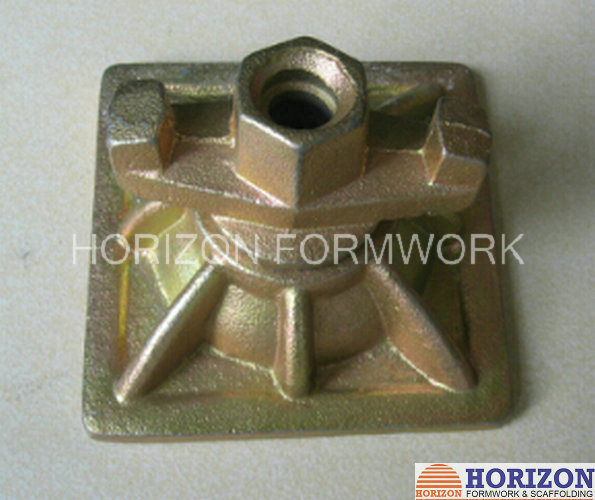அக் . 17, 2024 14:51 Back to list
Choosing the Right Formwork for Concrete Column Construction in China
The Importance of Concrete Columns Formwork in Construction
Concrete columns formwork is an essential aspect of modern construction, playing a crucial role in the stability and aesthetic of buildings. As urbanization progresses at an unprecedented pace, the demand for durable and efficient construction techniques has never been higher. Concrete columns formwork not only supports the construction process but also contributes to the structural integrity and longevity of buildings.
What is Concrete Columns Formwork?
Formwork is a temporary or permanent mold into which concrete is poured to create structural elements. Concrete columns formwork specifically refers to the molds used to shape concrete pillars, integral for supporting loads in various construction projects. These columns are typically vertical, and their design can vary significantly depending on the architecture and engineering requirements of the building.
Types of Concrete Columns Formwork
There are several types of formwork systems available for concrete columns, each with its unique features and benefits. Below are some of the most common types
1. Traditional Timber Formwork This is one of the oldest and most straightforward methods, involving the use of wooden planks and boards to create the mold. Although it remains a popular choice due to its cost-effectiveness, it is labor-intensive and can be time-consuming to assemble and disassemble.
2. Steel Formwork Steel forms provide increased durability and strength compared to wood. They are reusable and ideal for repetitive structures, as they maintain dimensional accuracy over time. However, the initial investment is higher, which may deter small-scale projects.
3. Aluminum Formwork This system combines the advantages of both timber and steel. Aluminum is lightweight, easy to handle, and provides excellent durability. It is particularly favored in projects requiring high precision and a quick turnaround.
4. Plastic Formwork Increasingly gaining popularity, plastic formwork is lightweight, reusable, and resistant to moisture. It is a preferred option in environmentally conscious projects as it can reduce waste.
Benefits of Using Concrete Columns Formwork
china concrete columns formwork

The use of concrete columns formwork offers several benefits
1. Structural Integrity Properly designed formwork ensures that the columns maintain their shape during the curing process, leading to stronger and more accurate structures.
2. Cost-Effectiveness Utilizing efficient formwork systems can significantly reduce labor and material costs. Prefabricated or modular formwork options allow for faster construction times, leading to overall project savings.
3. Design Flexibility Modern formwork systems allow for a variety of column shapes and sizes, catering to architectural needs without compromising structural safety.
4. Environmentally Friendly With the rise of eco-friendly building practices, formwork systems that are reusable and recyclable help reduce waste and carbon footprints associated with construction.
Challenges in Concrete Columns Formwork
Despite its many benefits, there are challenges associated with concrete columns formwork. Ensuring accuracy during the setup process is critical, as any misalignment can compromise the structure's integrity. Additionally, weather conditions can affect the curing of concrete, leading to delays and potential quality issues.
Moreover, the safety of workers handling heavy formwork materials must also be a top priority. Proper training and safety protocols should be implemented to mitigate risks on construction sites.
Conclusion
Concrete columns formwork is a vital component of construction that impacts both the efficiency and safety of building processes. As technology advances, new materials and methods are continually evolving, making formwork systems more versatile and sustainable. The importance of selecting the right formwork cannot be overstated, as it is foundational to creating sturdy and aesthetically pleasing structures.
Understanding and addressing the challenges associated with concrete columns formwork will pave the way for innovations in construction techniques, ultimately leading to more resilient and sustainable buildings for the future.
-
High-Quality U Head Jack Scaffolding – Reliable Scaffolding Jack Head Manufacturer & Factory
NewsJul.08,2025
-
High-Quality I Beam H20 Leading Timber Beam H20 Material Factory, Exporters & Manufacturers
NewsJul.08,2025
-
High-Quality Powder Coating Steel Formwork - Durable & Corrosion Resistant Solutions
NewsJul.07,2025
-
Inclined Column Formwork Supplier – Durable & Precise Solutions for Unique Structures
NewsJul.07,2025
-
High-Quality Water Stop Solutions Trusted Water Stop Company & Suppliers
NewsJul.07,2025
-
High-Quality Formwork Material Supplier Reliable Manufacturer & Factory Solutions
NewsJul.06,2025